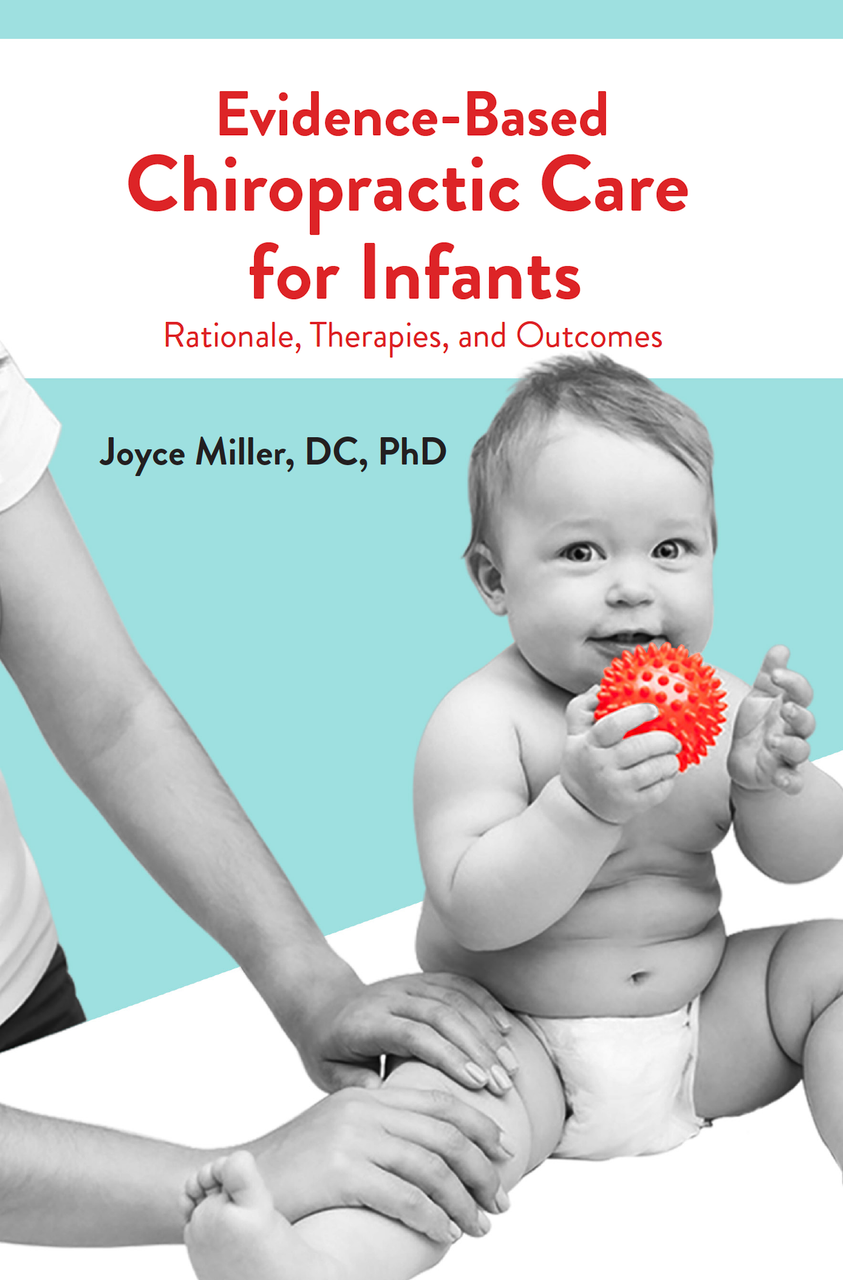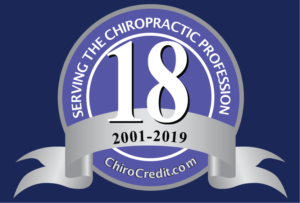
The high prevalence of low-back pain (LBP) has been highlighted for many years, but until recently, awareness of its influence on the population was inadequate. The results of the Global Burden of Disease (GBD) Projects 2010 have informed us that the leading cause of disability (as measured by years lived with disability) worldwide is low back pain. Additionally, musculoskeletal conditions as a whole are the second greatest cause of disability globally according to a report by international experts, published in The Lancet on December 15th, 2012. In the first comprehensive study of the worldwide impact of all diseases and risk factors, musculoskeletal (MSK) conditions such as arthritis and back pain affect over 1.7 billion people worldwide, and have the fourth greatest impact on the overall health of the world population, considering both death and disability. This burden has increased by 45% over the last 20 years and will continue to do so unless action is taken. This landmark study of the global burden of all diseases provides indisputable evidence that musculoskeletal conditions are an enormous and emerging problem in all parts of the world and need to be given the same priority for policy and resources as other major conditions like cancer, mental health and cardiovascular disease.
With the knowledge that LBP is the number one cause of disability in the world, it is unfortunate that little is known about the detailed course, and trajectory, of LBP. Until recently LBP was believed to be a self-limiting condition, similar to the common cold. However, research in the past two decades has shown that LBP is actually a recurrent condition that could be likened to a more chronic condition such as asthma. In this regard, we are starting to look at LBP as not seen as a single entity, but rather to the LBP condition which can be regarded as a chain of LBP episodes. So, we need to view LBP (and maybe all types of spine pain) as having a lifelong course – perhaps with different etiology and modifying factors as life progresses, but always existing as an underlying ‘trait’.
When researchers have looked at the non-benign, and non self-limiting nature of the condition, three large groups of LBP patients emerge: 1): those without LBP; 2) those who experience it on and off and; 3) those who have it most of the time. It is pretty clear that definite recovery with no recurrences does not appear to be common, although to date, we do not know how these patterns develop over the course of a lifetime. People with LBP will not necessarily seek care, but a person who consults a chiropractor for an episode of LBP is likely to feel better fairly quickly. In light of these findings, clinicians should observe and convey information about episodes within the context of a longer-term pain trajectory, to provide patients with a realistic view of the problem. The authors of the recent trajectories of low back pain article referenced herein suggest that effective short-term treatment strategies, pain management and activity maintenance as well as secondary and tertiary prevention should be high on the clinical agenda. ‘Management rather than cure’ might be a helpful catch phrase, similar to the well-known recommendation of ‘don’t worry – keep active’ (Axén and Leboeuf-Yde, 2013).
Given the shift in attention of LBP to view it as a chronic condition, researchers and clinicians are putting more emphasis on investigating LBP throughout the life course. What is emerging from this life course investigation is that similar factors (e.g., genetics, parental factors, psychological factors, injury, physical activity, comorbidity) are associated with the pain at different times. There appears to be strong evidence for the links between back pain, pain at other locations (e.g., shoulder) and other health problems. This evidence leads to the potential conclusion that vulnerability for long-term back pain develops at an early age, likely in childhood, and influences the occurrence of, and recovery from, episodes of back pain (Dunn et al, 2013).
Furthermore, results of a recent meta-analysis of LBP in children and adolescents indicates higher prevalence rates of LBP in the most recent studies suggesting that this a problem that is increasing in this young population (Calvo-Muñoz et al, 2013). As a consequence, more attention should be devoted to develop and apply prevention programs and early detection programs for young children in order to reverse this tendency.
Key Points
- The leading cause of disability worldwide is low back pain
- Evidence is mounting that classifying low back pain as acute, subacute and chronic is no longer helpful
- Many individuals experience multiple episodes of back pain with the first episode occurring early in life
- LBP is now being thought of as a potentially chronic health condition in its own right
References:





